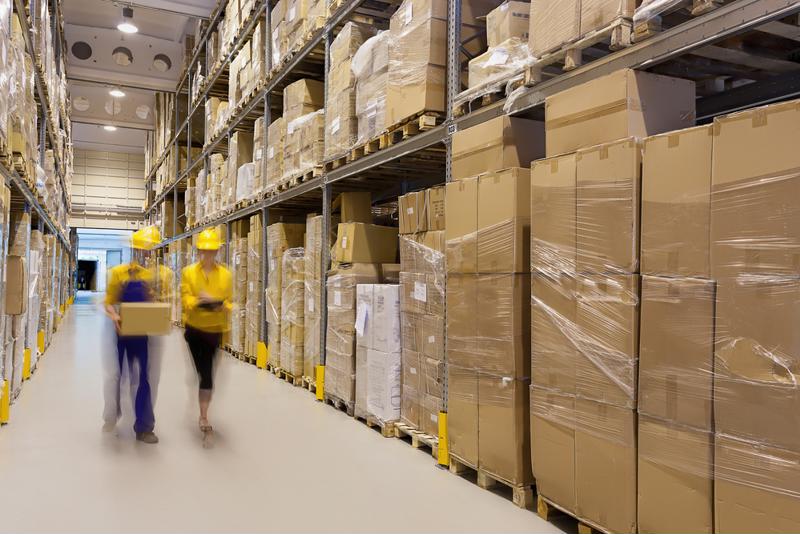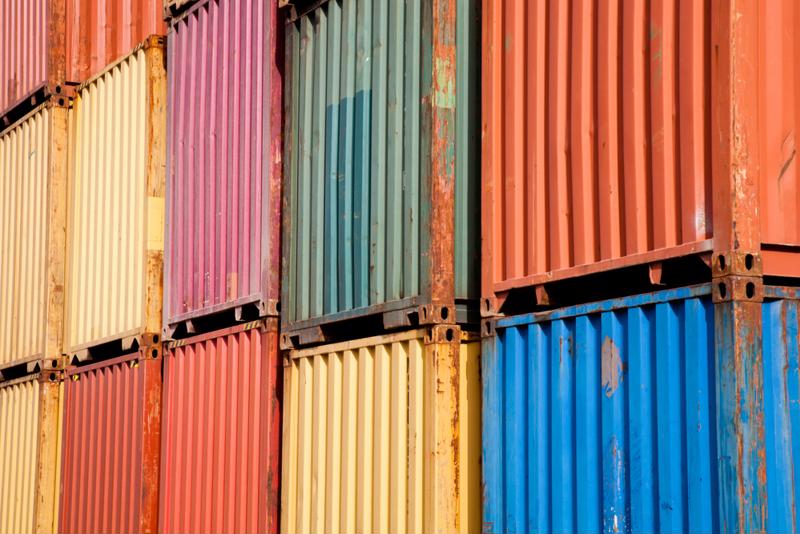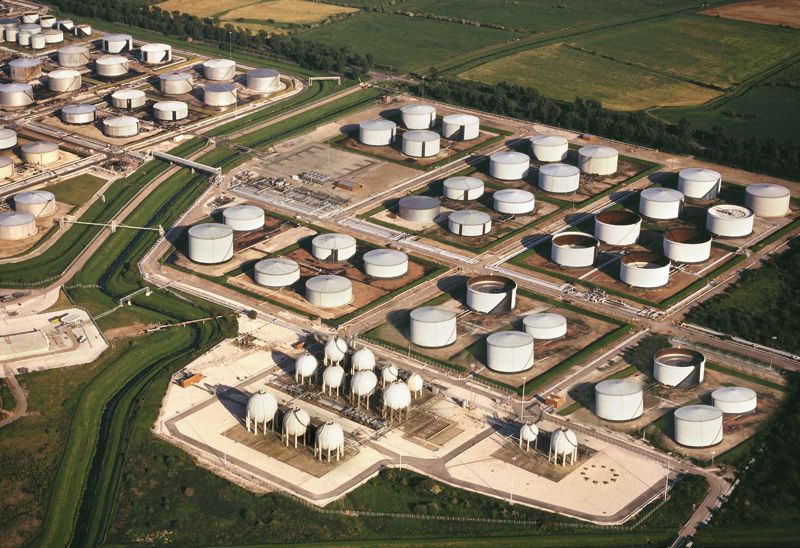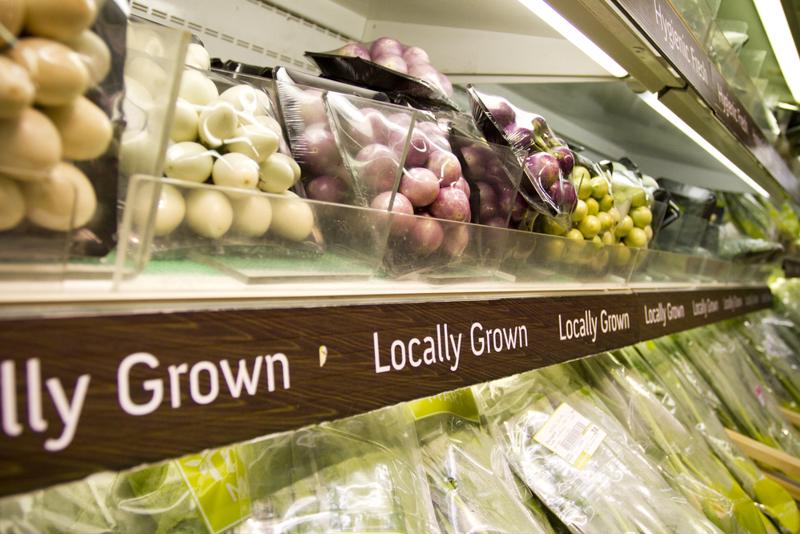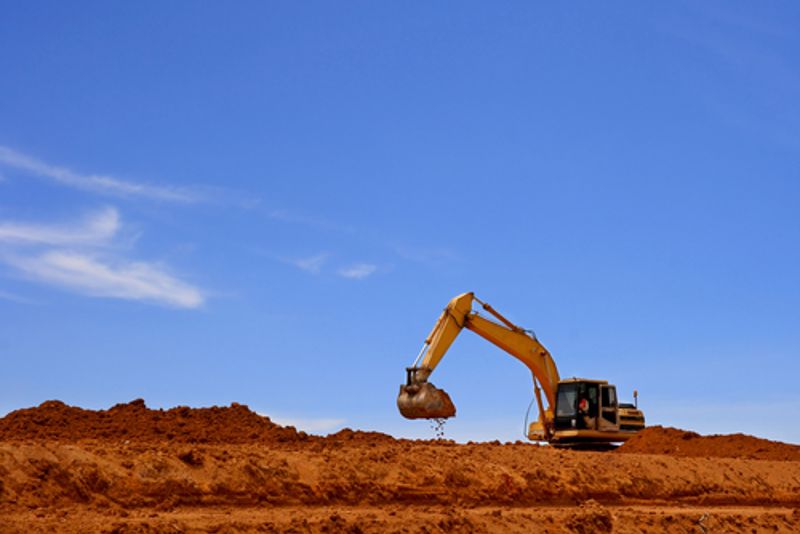While there have been promising signs that some of the threatened strikes may not happen, the possibility is still casting a shadow over the entire supply chain profession. Two ports on the West Coast alone bring in over 40% of the United States' shipping container trade with Asia. This may have some precarious results for organizations that depend on resources or finished goods from the continent, as they could deal with shortages as their goods stay sitting portside. With the world still recovering from the impacts of COVID-19, and dealing with current supply chain issues such as a global labor shortage and the war in Ukraine, labor unrest may tip the scales toward further global supply imbalance.
The news also spells potential disaster as 75% of all the cargo that comes into West Coast ports is meant for retail sales. With the high demand of the holiday season approaching, organizations may not have the goods to fill it. This could lead to a further explosion of inflation in the U.S. economy as companies raise their prices to suit their short supply.

The rail union strike also provides a significant risk to companies looking to ship goods across the country. Union disagreements with ownership have led to the possibility of 115,000 railway workers going on strike – threatening a crisis affecting not just raw material transport, but also crops and imported goods.
There may be a chance for resolution
This threat of a strike has not gone unnoticed – to quote a representative of the American Petrochemical Manufacturers group about the potential strike, "We want to avoid that at all costs especially when we are in a precarious situation like our nation is now in kind of our current supply chain crisis." While there is a possibility of governmental intervention in case of a strike, the potential for slowdowns still exists, threatening companies that may have stock piling up in warehouses.
During the period where there may be a strike, organizations should start taking steps to mitigate risk in their supply chains and look for alternatives for transporting their goods internationally or domestically. It is safe to say, however, that the woes of the supply chain profession are never over – once one emergency is looking like it's finished, another starts to rear its head.



